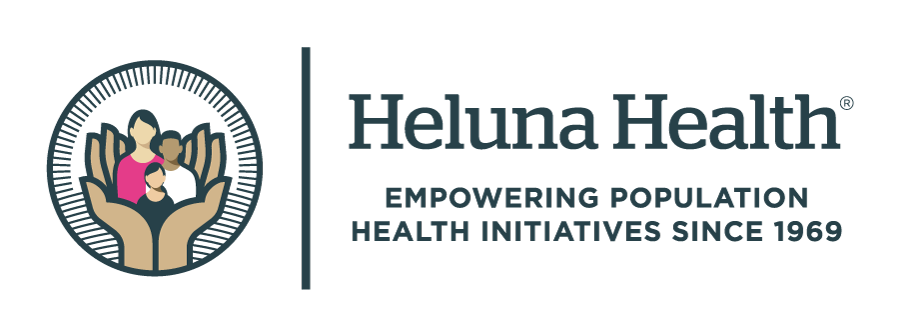After nearly 50 years of service, Public Health Foundation Enterprises (PHFE) launched its new name and brand: Heluna Health, as the need for optimizing limited public health funding increases. This rebranding initiative supports the nonprofit’s growing portfolio of services to execute large population health initiatives, from helping states manage their Zika response to implementing the nation’s largest nonprofit network of WIC (Women, Infants and Children’s) nutrition centers across the country. The agency manages over $100 million in public and private funds annually.
“This transition to Heluna Health, a name that signifies ‘total health’ from the Hawaiian word Heluna, boosts our commitment to serve the 280 programs and projects we currently support, and most importantly, help other health agencies, consortia, researchers and nonprofits prepare for potential shifts in public health funding,” says Dr. Blayne Cutler, CEO of Heluna Health. “With the political uncertainties we face today, we need to find creative ways to ensure public health funding is effectively deployed.”
Heluna Health provides fiscal sponsorship and program services for population health initiatives, including grant identification and management, project implementation, accounting, and human resource support that work to streamline the use of public health funds. The agency partners with the CA Department of Public Health on Zika preparedness and response and partners with the City of San Francisco on addressing social determinants of health, including homelessness and supportive housing. A thought leader in maternal-child health, the agency has also developed a national evidence-based early literacy program, Little by Little, operating through WIC centers to serve more than 65,000 low-income children annually.
In the coming year, Heluna Health will broaden its work in assisting NGOs with research and evaluation, capacity building, fundraising and social marketing services. “We help population health initiatives make the wisest use of their dollars, so more can go directly toward health services and research, rather than administrative costs,” concludes Dr. Cutler.





